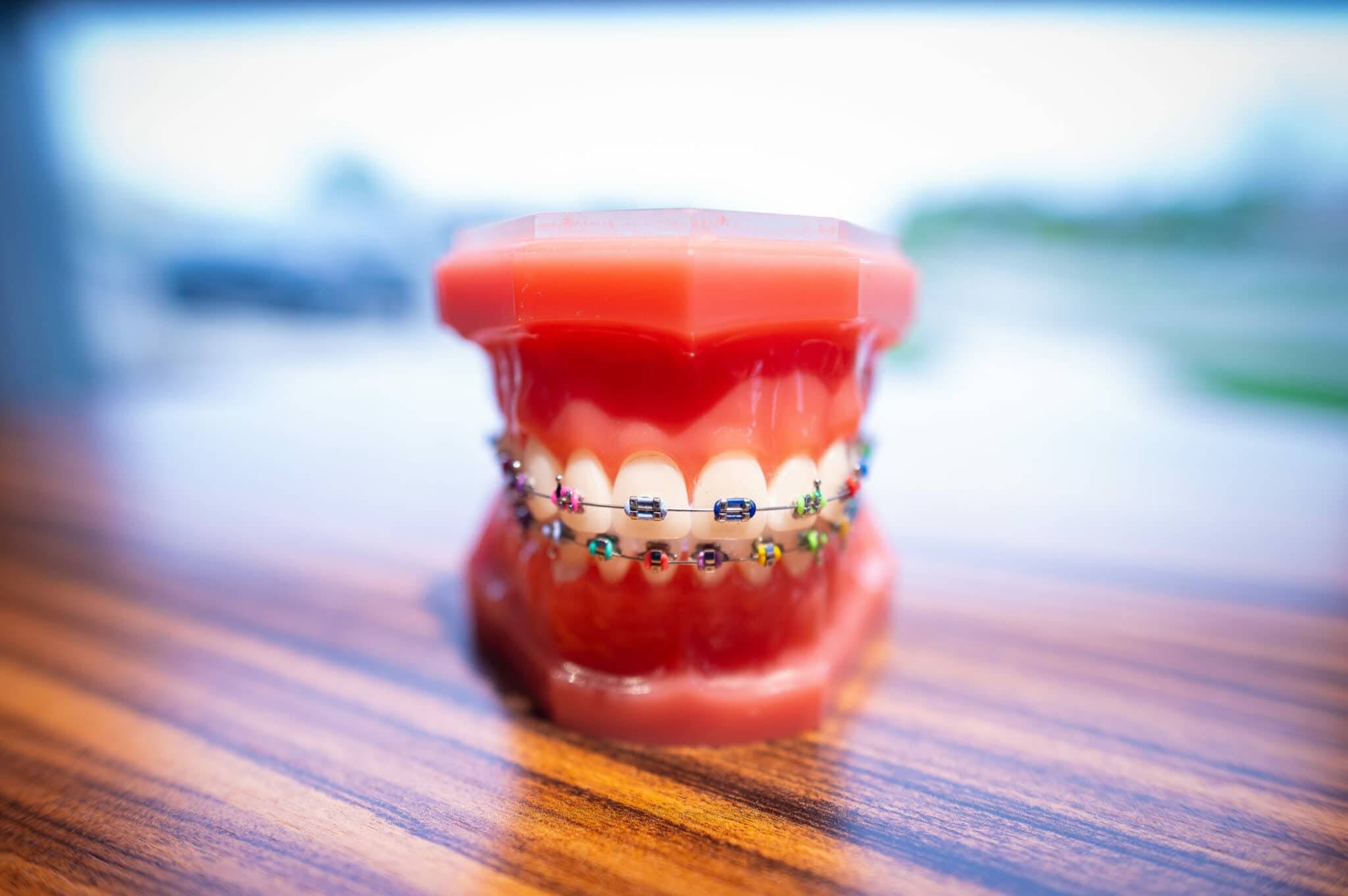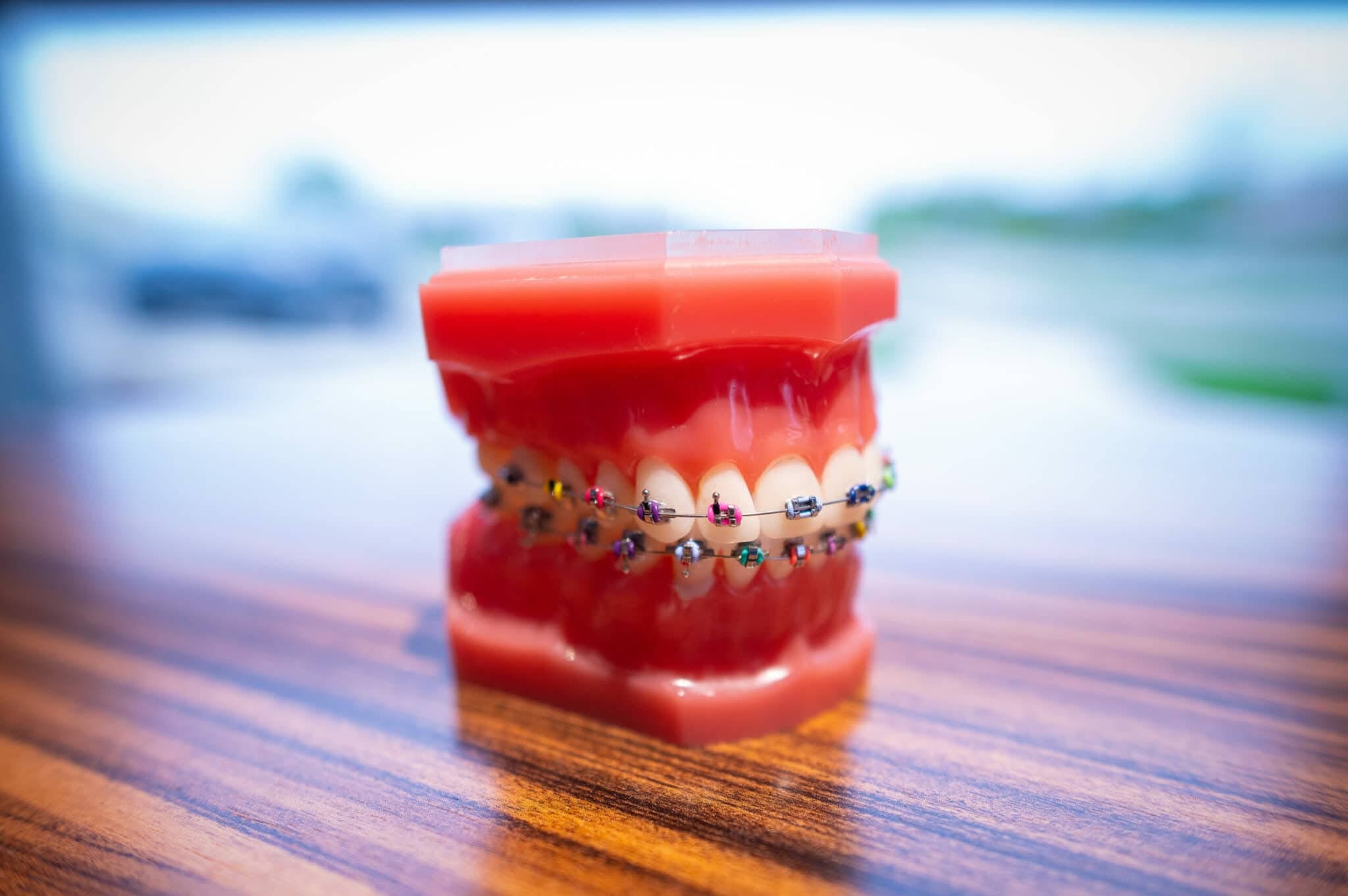Visit Us
If you're here, we probably don't have to spend much time telling you that braces are devices or appliances used to align and straighten teeth. That's as straightforward a definition as you can get. But where did they come from? Come along for a brief trip down memory lane to look at where braces came from.
As best we can figure, the first dental braces were created when some ancient civilizations wrapped leather straps around people's teeth to space and move teeth. In ancient Egypt, people believed that a beautiful smile would bring them happiness, so they often wore braces on their teeth to make them look better and feel more confident. Like the other cultures around them, ancient Egyptians also used braces to straighten teeth that were sticking out too much or overlapped each other.
There seems to have been a considerable period of time in which innovation in orthodontic care lay fallow, but once it got going, we started to see a lot of advancements. One of the first known European orthodontists was Pierre Fauchard, who practiced in France during the 1700s. He wrote one of the first books about dental care and dentures, titled "The Surgeon Dentist." In his book, he discussed how unfortunate it is for a person's intelligence to be hidden behind crooked teeth or "bad breath." Later, a fellow countryman picked up Fauchard's mantle. Pierre Bourdet pioneered the idea that wisdom teeth could be removed to prevent overcrowding.
The advances in the 19th century meant that braces were made of wires, which are still used today. During this century, dental braces became a standard treatment for crooked teeth in Europe. In 1838, Dr. Edward Angle created the first American-made dental braces. The braces he made were rectangular pieces of wire that had been twisted together at the ends and then bent into a circle shape with a loop at each end. Dr. Angle's invention helped correct crooked teeth without having to remove any tooth structure. German dentist Wilhelm C. Fremont created the first real-life orthodontic appliance in 1880. However, it wasn't until the mid-1800s that dentists started using metal brackets to straighten teeth.



The first American braces didn't come around until the mid-1800s. Later, in the 1950s, a local American dentist named Horace Wells built what is known as the "American Orthodontic" wire, which became popular with dentists in America. This wire improved alignment and appearance, but metal braces were not very comfortable for patients because they would dig into their gums. Many people also did not like the way that braces looked.
The invention of Invisalign in 1996 has revolutionized how we think about orthodontics forever. Clear aligners, like Invisalign, are made from transparent, flexible plastic that is worn over teeth to straighten them gradually. Now patients can experience a quicker but just as effective treatment for crooked teeth without being uncomfortable with metal brackets and wires. This new form of orthodontic treatment has since become popular with many people worldwide. Invisalign is a "clear" alternative to traditional braces, which makes them appealing to those who are self-conscious about their teeth. Orthodontists use computer software to design your personalized treatment plan and then create a series of aligners that you wear over time. The aligners are made of smooth, comfortable plastic pieces that gradually move your teeth into place without showing on your face. With this type of treatment, adults can have straighter teeth without feeling like they are wearing a "brace."
Of course, that doesn't mean that traditional metal braces have gone the way of the dodo. Traditional metal braces are still used in most patients today, and the signs tell us there is no end in sight for this kind of treatment. But, innovation abounds. In the 2000s, wire-based braces were replaced by lingual braces hidden on the inside of your mouth. These are used to correct severe crowding or bite problems.
Nowadays, it is common knowledge that braces are used to straighten teeth. However, not many people know the history of braces. From ancient times to the present, braces have gone through many changes. The 1800s to 1940s were the time period when wire braces were first introduced and accepted as a medical procedure. In the 1900s and 2000s, braces have become more customized and cosmetic while at the same time becoming less painful and less noticeable. Who knows what the next chapter of orthodontics looks like? What we know is that we will never cease to innovate and help you smile more clearly.
